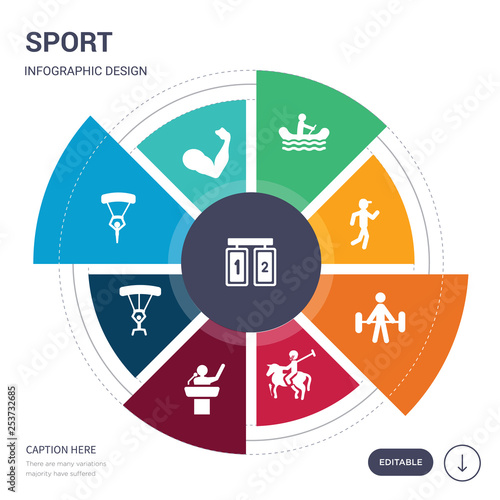A Historic Introduction And Development Of Martial Arts Around The World
A Historic Introduction And Development Of Martial Arts Around The World
Blog Article
Content Create By-Hess Matthews
Martial arts have a remarkable background that covers centuries and continents. You could locate it fascinating exactly how ancient practices like Shuai Jiao and Kalaripayattu prepared for modern-day combat techniques. These techniques not only emphasize physical abilities but also mirror the societies that birthed them. As you explore their development, consider just how globalization has actually transformed these standard types into hybrid styles. What influences do you believe have formed today's martial arts landscape?
Ancient Martial arts: The Structures of Combat
As you look into the world of old martial arts, you'll uncover the abundant foundations that formed combat techniques throughout cultures. Early practices focused on Self-Defense and survival, frequently incorporating strikes, hurting, and weaponry.
In martial arts classes for 5 year olds , for instance, strategies like Shuai Jiao stressed throws and joint locks, while India's Kalaripayattu showcased agility and fluid activity. Japanese samurai established Kenjutsu, a refined swordsmanship that highlighted technique and strategy.
These martial arts served not just for fight yet likewise as a way of individual growth, instilling worths like respect and perseverance. The mixing of these methods with time prepared for the varied martial arts you see today, each mirroring the special approaches and demands of its culture.
The Social Influence on Martial Arts Development
While martial arts often reflect the useful requirements of a society, they also symbolize the social values and ideas of their origins. When you explore different martial arts, you'll discover exactly how they're affected by faith, philosophy, and social norms.
For example, the emphasis on respect and technique in Japanese martial arts comes from Zen Buddhism and samurai culture. In contrast, Brazilian Jiu-Jitsu promotes flexibility and method, shaped by the need for efficiency in a varied, modern environment.
You might locate that the rituals, attires, and training techniques show an area's background and identity. By comprehending these cultural impacts, you strengthen your recognition of martial arts and their role in shaping human experiences around the world.
Modern Adaptations and the Globalization of Martial arts
Martial arts have actually transformed substantially in current decades, adjusting to contemporary society and global influences. You'll observe that standard forms have mixed with modern-day strategies, developing hybrid styles like mixed martial arts. These adjustments deal with diverse audiences, making martial arts accessible and enticing globally.
With the surge of social networks and electronic systems, you can discover tutorials and competitions from all corners of the globe, damaging geographical obstacles. This globalization has actually brought about a shared gratitude for different techniques, from Brazilian Jiu-Jitsu to Taekwondo.
As you engage with these arts, you'll realize they're not almost combat; they promote health and fitness, technique, and psychological well-being.
Inevitably, modern adjustments have enriched the martial arts landscape, making it a vibrant and developing technique.
Verdict
In exploring the history and evolution of martial arts, you reveal a fascinating mix of techniques, societies, and ideologies. From krav maga personal trainer near me like Shuai Jiao and Kalaripayattu to the modern-day adaptability seen in mixed martial arts, martial arts mirror humankind's pursuit for Self-Defense and personal development. As you engage with these methods, you not just gain abilities but also a much deeper appreciation for the varied practices that form our world today. So, continue your journey and accept the art of combat!
